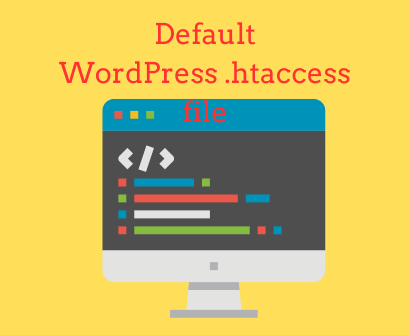
Delving into the intricacies of WordPress, the .htaccess file emerges as a pivotal component. This distributed configuration file is instrumental in Apache’s implementation of configuration adjustments on a per-directory basis.
Within the WordPress ecosystem, the .htaccess file assumes a critical role in dictating how Apache serves files from both the root directory and its subdirectories. Notably, WordPress employs this file as a tool to facilitate the functionality of pretty permalinks, shaping the structure of URLs.
In instances where the .htaccess file undergoes corruption, perhaps due to a misbehaving plugin, this page stands as a resourceful solution. It serves as a means to restore the integrity of the .htaccess file, ensuring the seamless operation of WordPress in handling its configuration nuances.
Default WordPress .htaccess
<IfModule mod_rewrite.c>
RewriteEngine On
RewriteBase /
RewriteCond %{HTTPS} !=on
RewriteRule ^ https://%{HTTP_HOST}%{REQUEST_URI} [L,R=301]
# BEGIN WordPress
RewriteRule ^index\.php$ - [L]
RewriteCond %{REQUEST_FILENAME} !-f
RewriteCond %{REQUEST_FILENAME} !-d
RewriteRule . /index.php [L]
</IfModule>